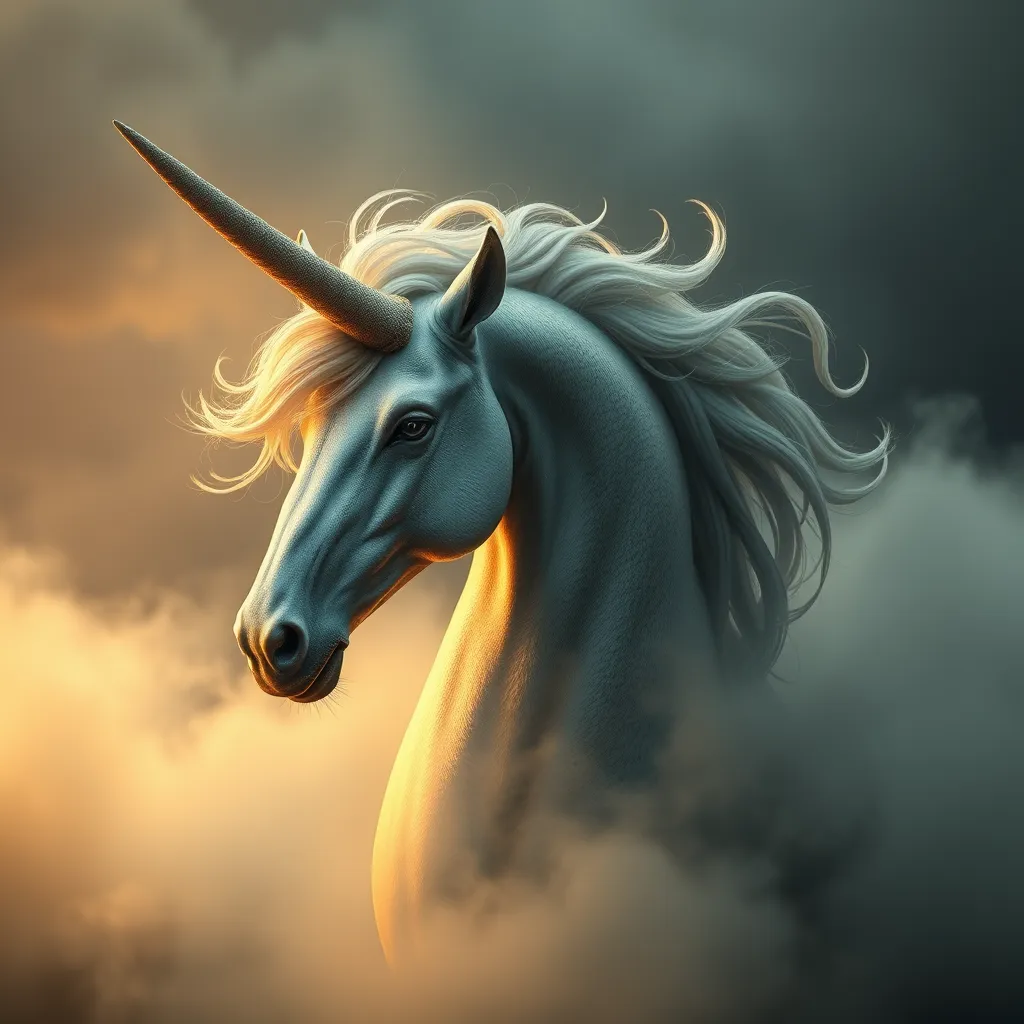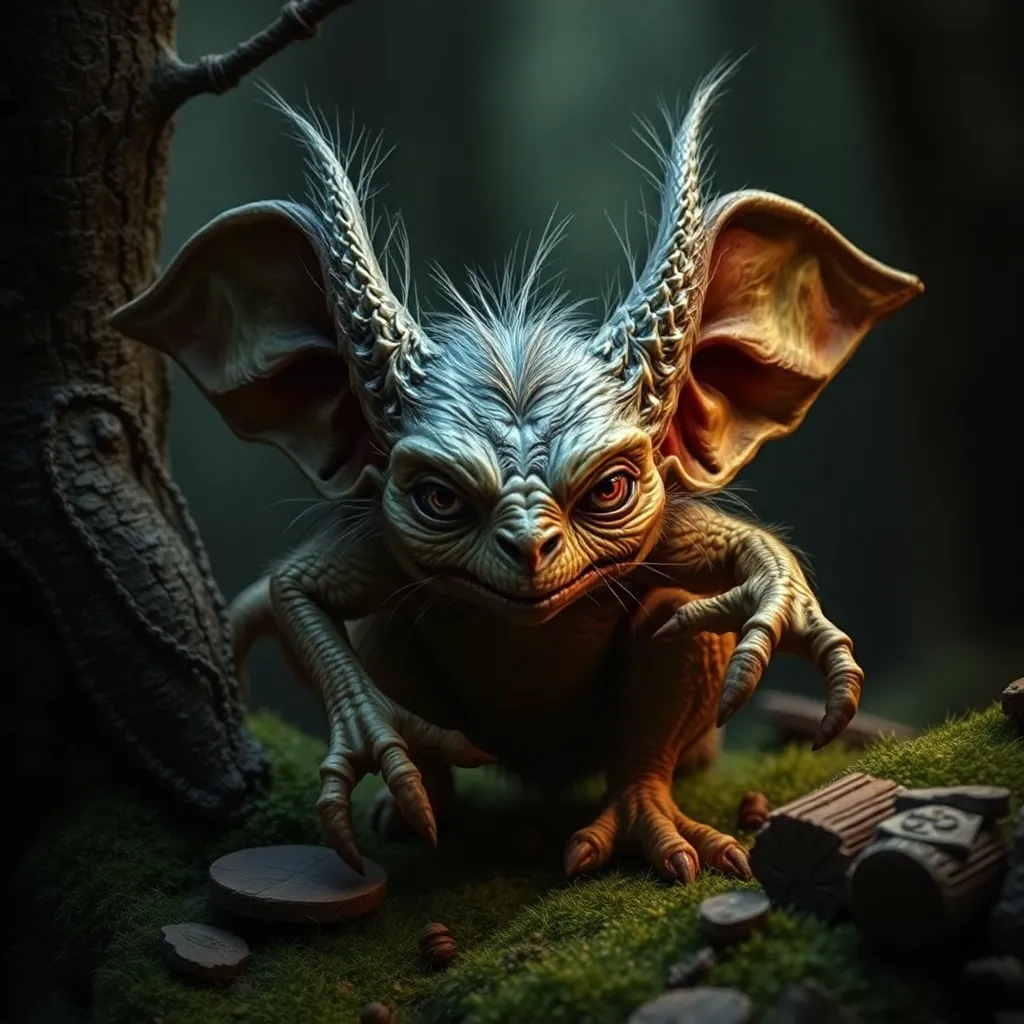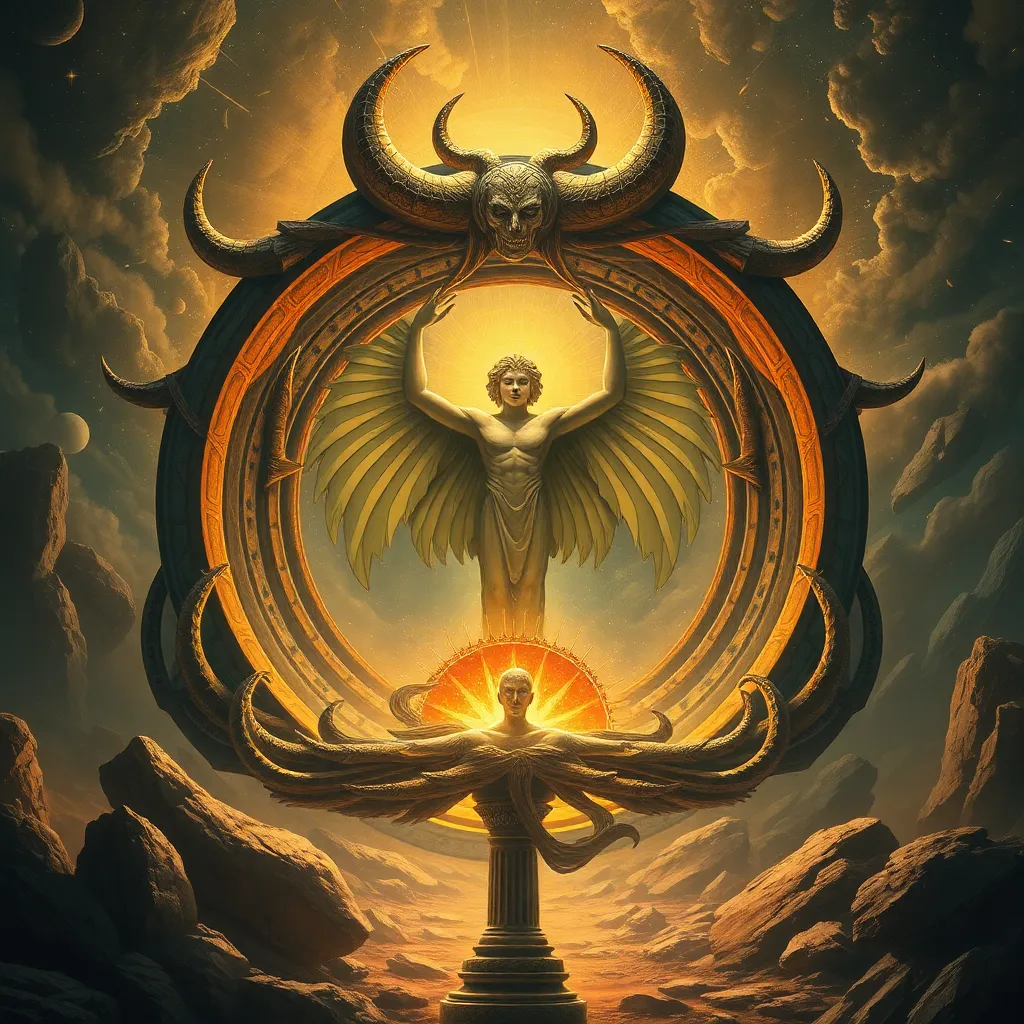The Mystical Horn: Unicorn Legends Across Cultures
I. Introduction
Unicorns have long captivated the human imagination, appearing in various mythologies and folklore across the globe. Traditionally depicted as horse-like creatures with a single spiraled horn protruding from their foreheads, unicorns are often associated with purity, grace, and mystery.
The horn of the unicorn, known for its alleged magical properties, has been a subject of fascination and symbolism throughout history. It has been said to possess healing powers, purify water, and even neutralize poisons. This article aims to explore the rich tapestry of unicorn legends from various cultures, shedding light on how this mythical creature has shaped and been shaped by human culture.
II. The Origins of Unicorn Mythology
The origins of unicorn mythology can be traced back to ancient civilizations. Historical accounts suggest that the concept of a one-horned creature may have emerged from sightings of real animals, such as the rhinoceros or the oryx, which were misinterpreted or embellished over time.
Early mentions of unicorns can be found in texts such as the Indica by Ctesias, a Greek physician who wrote about a “one-horned” beast in India around 400 BC. Additionally, ancient artifacts, such as seals from the Indus Valley civilization, depict horned animals that may have inspired unicorn lore.
As societies evolved, the unicorn transitioned from mere myth to a powerful symbol representing various ideals, including chastity, love, and the divine. This transformation laid the groundwork for how unicorns would be perceived in different cultures moving forward.
III. European Unicorn Legends
In medieval Europe, the unicorn became a prominent figure in folklore and heraldry. It was often depicted as a gentle and elusive creature, embodying purity and grace.
- Symbolism of Purity: The unicorn was frequently associated with virginity, making it a symbol of purity in Christian iconography. The creature was often depicted in religious art, representing the Virgin Mary.
- The Unicorn Tapestries: A series of tapestries known as “The Hunt of the Unicorn” illustrates the capture of a unicorn and its subsequent death, symbolizing the struggle between good and evil and emphasizing the unicorn’s purity and transcendence.
In this context, the unicorn’s horn was believed to possess the power to detect poison, further enhancing its mystique and significance within European folklore.
IV. Asian Perspectives on Unicorns
In Asian cultures, particularly in China, the unicorn takes on a different form, known as the Qilin. The Qilin is often depicted as a hybrid creature, resembling a deer or horse, adorned with features such as scales and a flowing mane.
- Symbolism in Feng Shui: The Qilin is considered a harbinger of good fortune and prosperity. In Feng Shui, its image is used to attract positive energy and ward off negative influences.
- Cultural Significance: The Qilin is often associated with the arrival of wise leaders and is believed to appear during times of peace and prosperity.
Comparing the Western unicorn to the Qilin reveals intriguing contrasts; while both are symbols of purity and goodness, the Qilin carries additional layers of cultural significance, particularly in relation to governance and morality.
V. African and Middle Eastern Unicorn Lore
The concept of unicorns is also present in African and Middle Eastern lore. In ancient Mesopotamia, the unicorn was depicted in various forms, often seen as a powerful creature embodying strength and ferocity.
- Ancient Mesopotamian Culture: The unicorn, referred to as a “one-horned beast,” was depicted in art and literature, symbolizing both divine and earthly power.
- African Legends: Many African cultures have their own interpretations of horned creatures, with various legends describing them as protectors of the land or symbols of fertility.
These tales have influenced modern interpretations of unicorns, showcasing how the mythical horn can embody different meanings across cultures.
VI. The Unicorn in Indigenous Cultures
North American indigenous cultures also feature horned creatures in their mythologies. Many tribes have stories of horned animals that possess mystical qualities or serve as spiritual guides.
- Horned Creatures: Creatures such as the “unicorn” of indigenous lore often symbolize strength, protection, and the interconnectedness of nature.
- Storytelling Tradition: The significance of the unicorn in these cultures is preserved through oral traditions, where storytelling plays a vital role in transmitting knowledge and cultural values.
These narratives not only highlight the importance of the unicorn in various beliefs but also emphasize the role of cultural storytelling in preserving these myths for future generations.
VII. Modern Interpretations and Popular Culture
In contemporary society, unicorn imagery has seen a resurgence, particularly in media and popular culture. From children’s books to fashion trends, the unicorn has become a symbol of whimsy and fantasy.
- Literature and Film: Unicorns are frequently featured in fantasy literature and films, capturing the imagination of audiences young and old. Titles like “The Last Unicorn” and various animated films have kept the legend alive.
- Fashion and Social Media: The unicorn has also become a popular motif in fashion, with vibrant colors and whimsical designs dominating trends. Social media platforms have further fueled this popularity, with hashtags and memes celebrating all things unicorn.
This modern fascination with unicorns reflects a broader cultural desire for magic, wonder, and escapism, demonstrating the creature’s enduring appeal.
VIII. Conclusion
The diverse cultural representations of unicorns reveal a rich tapestry of meanings and symbolism that extends across time and geography. From ancient legends to modern interpretations, unicorns continue to captivate our imagination and inspire creativity.
In a global context, the enduring appeal of unicorn legends highlights humanity’s shared fascination with the mystical and the unknown. The unicorn’s mystical horn serves as a powerful symbol of hope, purity, and the infinite possibilities of the imagination.
As we explore these legends and their significance, we are reminded of the universal themes that connect us all, transcending cultural boundaries and celebrating the magic that resides within our stories.



